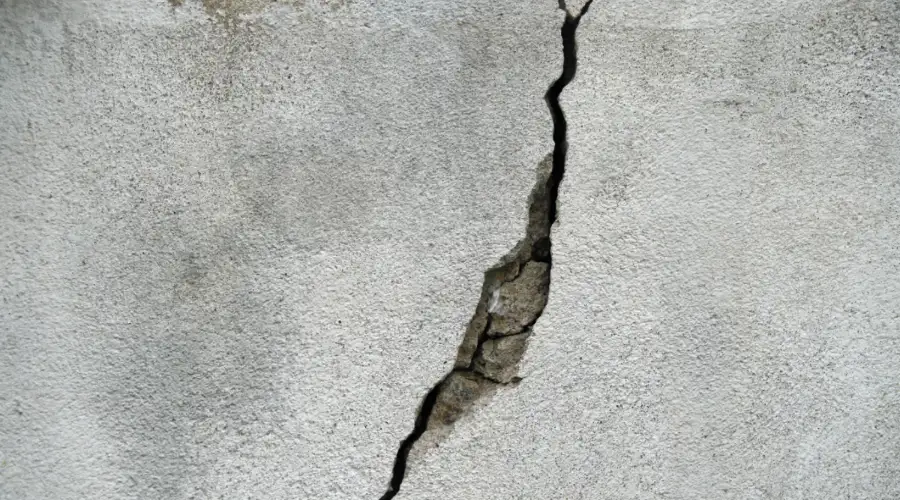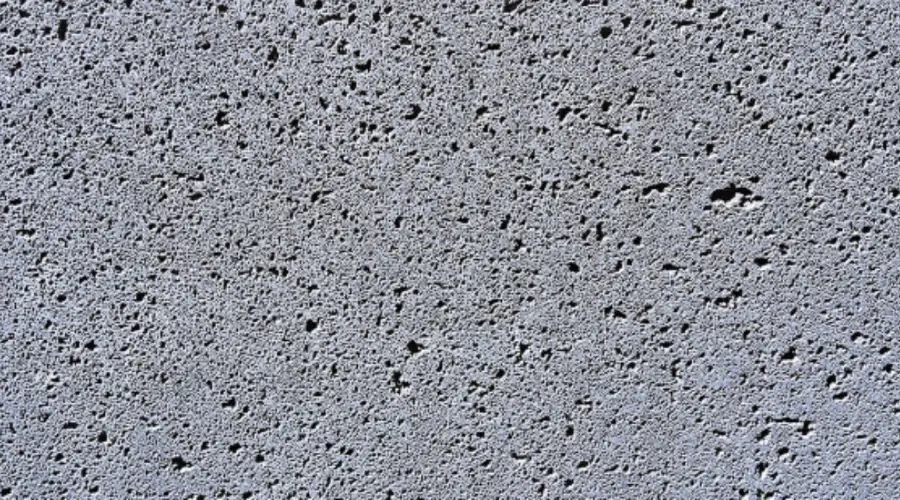Homeowners are often concerned with renovating their houses and extending the lifespan of the concrete surfaces. However, replacing the concrete surface completely is complex and expensive. Thus concrete overlaying or resurfacing is done to give an easy and affordable solution. It is nothing but pouring new cement over the old, and this blog will help you understand this process in detail.
Can You Pour New Cement Over Old?
Yes, you can pour new concrete over the old, but certain factors need to be considered. This process of pouring new concrete over the old is called overlaying or resurfacing and it is most commonly used for repairing and revamping the old concrete structures.
Surface Evaluation
Before pouring the new concrete, ensure that the existing structure, especially at the surface where the new concrete needs to be poured, is free from visual damage such as cracks, wear and weak areas. If the concrete surface is found to be weak, it can be completely removed and replaced before pouring the new concrete.
Preparing the Old Surface
Thorough Cleaning
Clean the old concrete surface thoroughly of any dust, debris, oil, grease, or other contaminants deposited. Power washing using soaps, degreasers and scrubbers can be done. Ensure that the surface is completely clean and ready for the overlaying process.
Roughening the Surface
After cleaning, the old concrete surface should be roughened using a concrete grinder or chipping hammer. This helps to create a rough texture that promotes the bonding between old and new concrete layers.
Using Bonding Agents
Bonding agents or adhesives can be used before pouring the new concrete to enhance adhesiveness and reduce the chances of segregation over time. The bonding agents can be applied directly over the old surface based on the manufacturer’s instructions and construction guidelines.
Pouring the New Concrete
Mixing the Concrete
Prepare the concrete mixing by the raw ingredients based on the manufacturer’s instructions. The mixing process can be done either manually or through machines, based on the size of the construction. Ensure that the concrete mix is of workable consistency that is suitable for pouring and spreading.
Pouring and Determining Thickness
Pour the concrete over the prepared existing concrete surface, allowing sufficient thickness of at least 2 inches (50 mm) to provide adequate strength and durability. Thick layers can result in poor adhesion, cracking, or a long drying process. In case of improper surface conditions in refurbishing, thicker concrete layers can be used to cover uneven surfaces, based on the guidelines of expertise for effective bonding.
Levelling and Finishing
Use a screed board to level the concrete by dragging it across the surface to ensure proper spread and remove excess concrete over the surface. After levelling, use a float to prepare a smooth surface by eliminating bumps and imperfections. In the case of a textured finish, a trowel can be used to refine the surface.
Curing the New Surface
After pouring, it is necessary to cure the concrete surface under moist conditions to attain maximum strength and hardness. The curing process is essential for the concrete to set properly. So, how long does cement take to cure? For smaller projects, he curing time lasts 7 days, while large-scale projects and load-bearing structures may require up to 28 days for complete curing. For the best results, curing must be maintained under moist conditions for the full duration, which will allow the concrete to reach its optimal strength.
Common Issues with Overlaying Concrete
Poor Bonding
Inadequate surface preparation and poor application of new concrete could result in overlaying concrete failing to form a good adhesion with the existing concrete surface, resulting in poor bonding, and even segregation.
Cracking

Thick application of overlaying concrete (that is more than 30 millimeters) could result in cracking of concrete after curing. Additionally, fast drying and curing process can lead to cracking due to shrinkage and temperature changes.
Air Bubbles

Poor mixing and pouring of concrete can cause air bubbles to trap inside the concrete, leading to the formation of uneven and pitted surface. This could result in weak structure, and water penetration.
Discolouring
Uneven mixing of concrete and using different batches of concrete can result in inconsistent colour grading. Additionally, environmental conditions such as moisture and humidity could cause discolouration over time.
Weak Concrete
Poor mixing and using low-quality concrete mix can result in poor bonding resulting in creating a weaker structure that is less durable.
When Not to Pour New Concrete Over Old?
New concrete should not be poured over the existing concrete structure if,
- The old concrete structure is severely damaged or cracked.
- There are existing moisture-related problems.
- There is a significant uneven surface that is difficult to level or smooth.
- The existing concrete structure has a weak surface and has poor bonding.
- The concrete surface is painted or coated with a sealer.
- The overlaying should not be carried out during extreme weather conditions.
Conclusion
In summary, pouring new cement over the old cement surface is a practical solution for resurfacing and refurbishment. Although it seems to be a simple process, it requires proper surface preparation, and attention to detail to achieve maximum results. Proper overlaying of new cement can ensure durability and enhanced looks. However, failing to achieve these could result in poor bonding and even structural segregation.
FAQs
No, bonding agents are not always necessary for overlaying, but it is recommended to enhance bonding and ensure durability.
The thickness of the new concrete layer should be from 2 cm to 10 cm (0.8 to 4 inches), depending on the purpose and size of the aggregates in the concrete mix.
The cracks in the old concrete should be repaired and removed, before new concrete is poured, to ensure structural integrity.
New concrete takes around 7 days to attain 70% to 80% of the strength; however, 28 days is the time taken to completely cure the new concrete.
No, you should not pour new concrete over painter surfaces, as it does not properly bond with the old concrete. Instead, you can strip off the painted surface to ensure proper adhesion.

